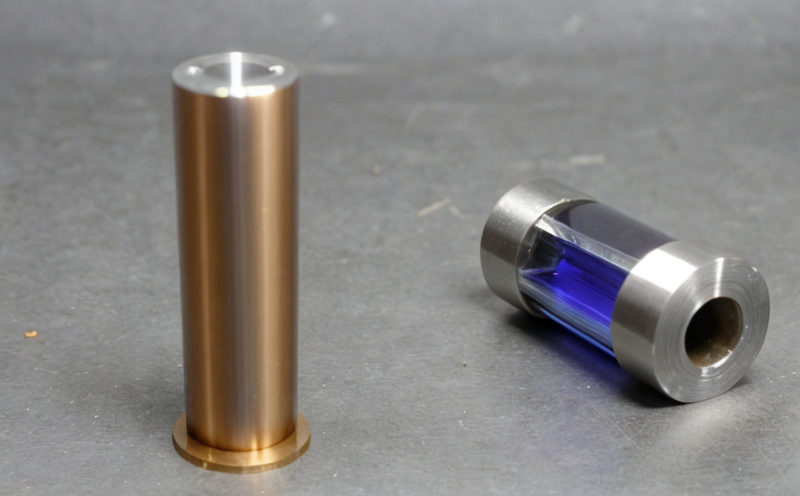Hospital linen dimensional stability evaluation
The hospital linen dimensional stability evaluation is a critical process that ensures linens maintain their shape and size throughout repeated washings. This service focuses on assessing how hospital textiles, such as sheets, towels, and gowns, behave under washing conditions to ensure they retain their functionality and aesthetics.
Dimensional stability testing in the context of hospital linen involves evaluating the shrinkage or stretching that occurs during laundering. The importance of this test lies in ensuring that linens do not become unusable due to excessive shrinkage, which can lead to discomfort for patients and inefficiencies in healthcare operations. This is especially crucial given the high frequency of use and the need for hygienic standards.
Understanding the behavior of hospital linen during wash cycles requires a specialized approach. We use advanced equipment that simulates real-world washing conditions, including temperature, detergent concentration, and agitation levels. The process involves submerging samples in a controlled environment to mimic actual laundering procedures. Afterward, the linens are measured for changes in length and width using precision instruments.
Our method adheres strictly to international standards such as ISO 17834:2005 and ASTM D963-01(2016). These standards provide clear guidelines on sample preparation, washing conditions, and measurement techniques. Compliance with these standards ensures that our results are reliable and consistent with industry benchmarks.
The outcome of this testing is crucial for quality managers, compliance officers, R&D engineers, and procurement teams involved in the textile supply chain. It allows them to make informed decisions about fabric selection, manufacturing processes, and supplier audits. By ensuring dimensional stability, we contribute significantly to patient comfort and satisfaction while also enhancing operational efficiency.
For instance, a hospital might specify certain shrinkage limits for its linens based on their design needs. Our service helps ensure that these specifications are met consistently across different batches of textiles. This not only meets regulatory requirements but also supports the hospital's commitment to quality patient care and sustainable practices.
Why It Matters
Dimensional stability testing is essential for maintaining the integrity and usability of hospital linens over multiple washings. Poor dimensional stability can lead to several issues, including:
- Uneven wear leading to discomfort for patients.
- Increased frequency of replacement, which adds to operational costs.
- Disruption in patient care schedules due to unavailability of linens.
The ability to predict and control shrinkage is vital for hospitals aiming to optimize their laundry operations. By ensuring that linens do not lose too much size or shape after washing, we help maintain a consistent quality standard across all hospital facilities.
Moreover, dimensional stability testing supports the broader goal of sustainable healthcare practices by reducing waste and improving resource utilization. Hospitals can extend the lifecycle of their textiles, thereby minimizing environmental impact and operational costs associated with frequent replacements.
Why Choose This Test
- Enhanced Patient Comfort: Ensures that linens do not become too small or large over time, providing a more comfortable experience for patients.
- Operational Efficiency: Reduces downtime and operational disruptions by maintaining consistent linen quality across all facilities.
- Cost Savings: Minimizes the need for frequent replacement of linens due to excessive shrinkage or stretching.
- Sustainability: Supports sustainable practices by extending the life cycle of textiles, reducing waste and resource consumption.
In addition to these benefits, our service provides detailed reports that offer insights into fabric performance under various washing conditions. This information can be invaluable for R&D teams looking to innovate or improve existing products. The precision and reliability of our testing ensure that hospitals receive linens that meet the highest standards of quality and functionality.
Environmental and Sustainability Contributions
The hospital linen dimensional stability evaluation plays a significant role in promoting sustainable practices within healthcare facilities. By ensuring that linens maintain their original dimensions after multiple washings, we contribute to reducing waste and resource consumption. This is particularly important given the high turnover of textiles used in hospitals.
- Reduces Waste: Diminished shrinkage means fewer replacements are needed, thereby lowering landfill contributions from discarded textiles.
- Saves Resources: Extended lifecycle of linens translates to less water and energy consumption per item during laundry processes.
- Eco-Friendly Manufacturing: Hospitals can choose suppliers who prioritize sustainable practices in their manufacturing processes, further enhancing the environmental impact of their linen use.
Our service also supports hospitals in meeting regulatory requirements related to waste management and sustainability. By providing data on fabric performance, we help facilities make informed decisions about procurement that align with their broader environmental goals.





